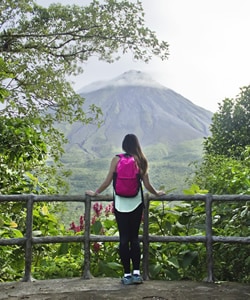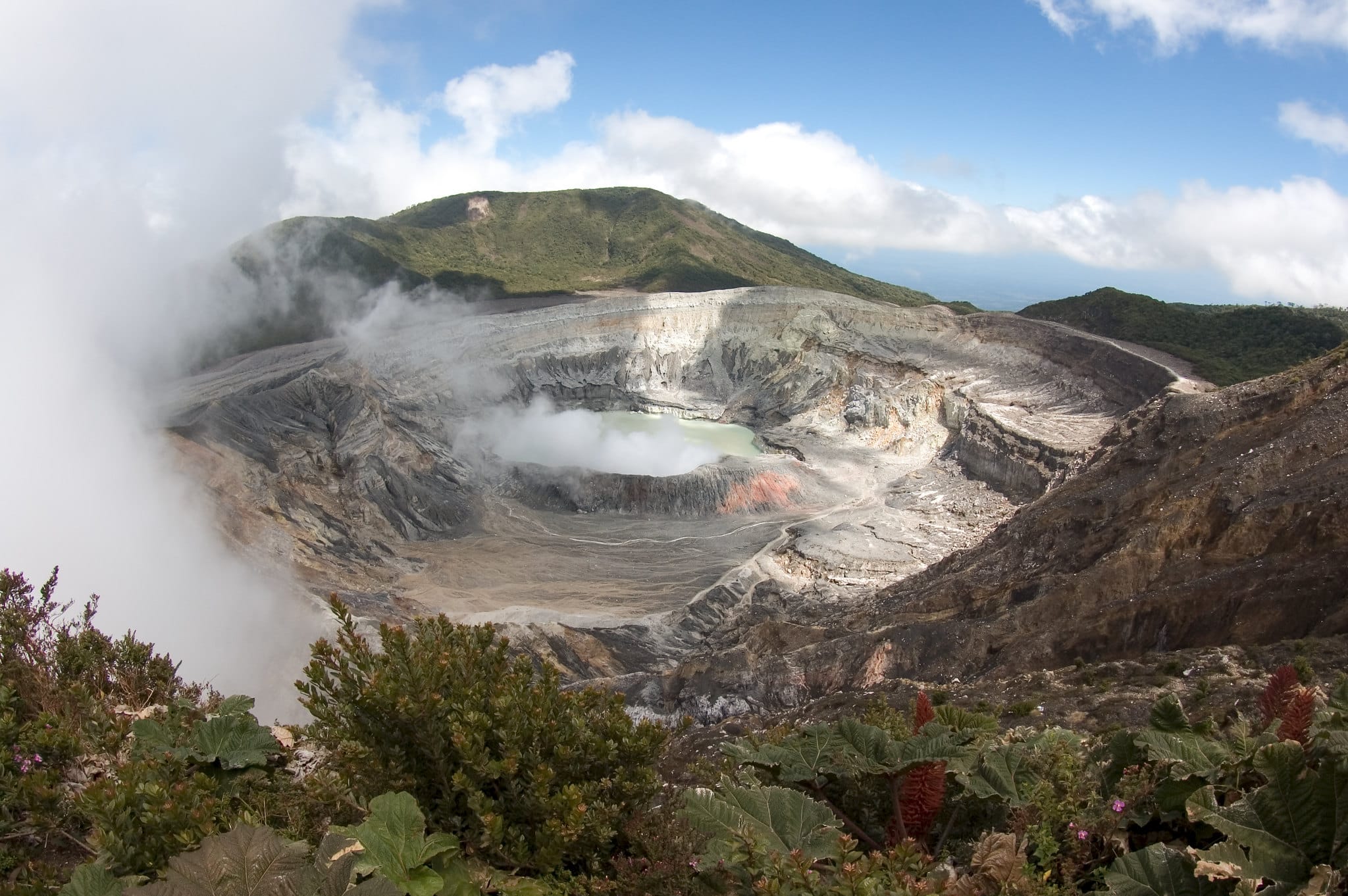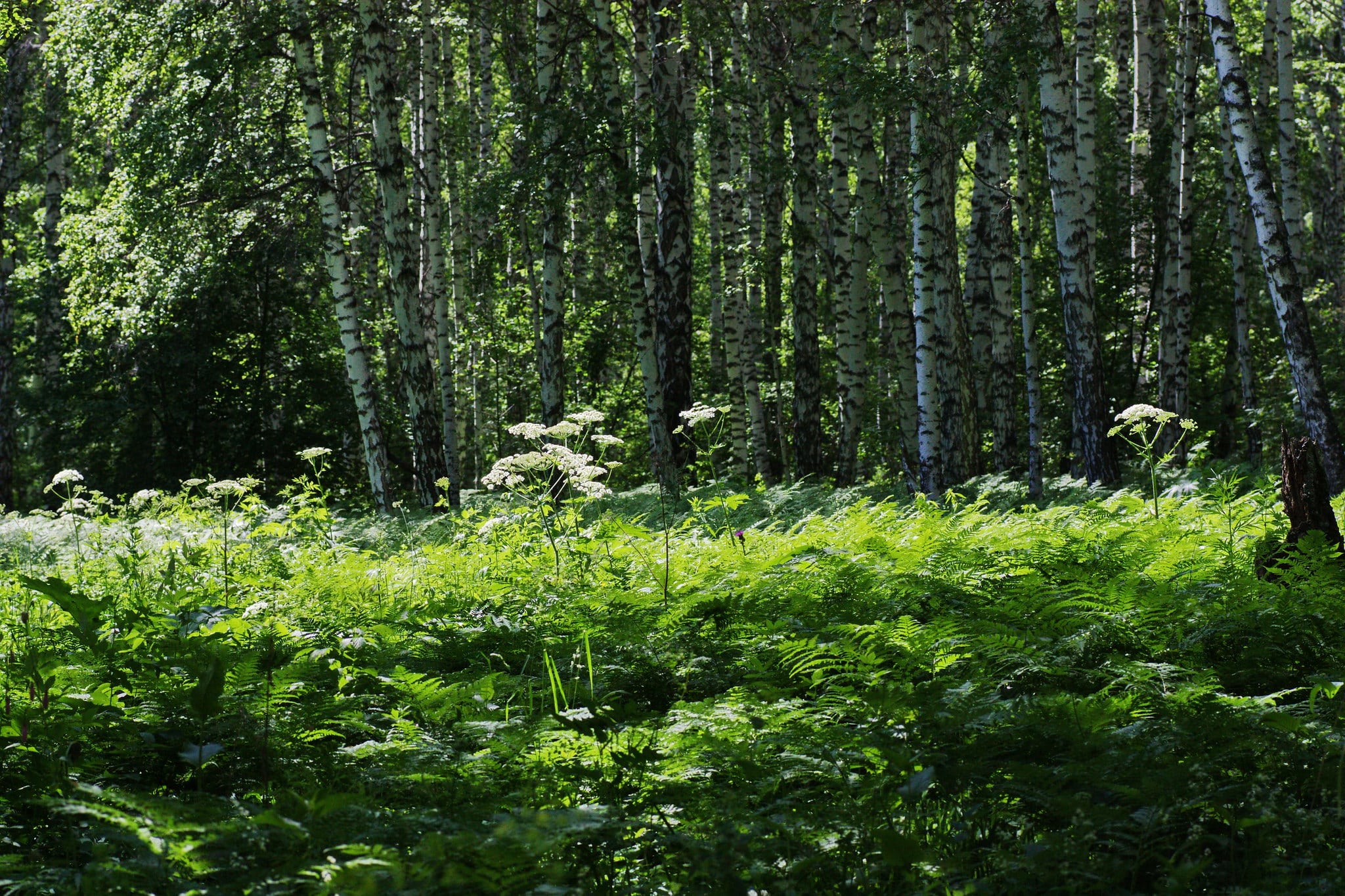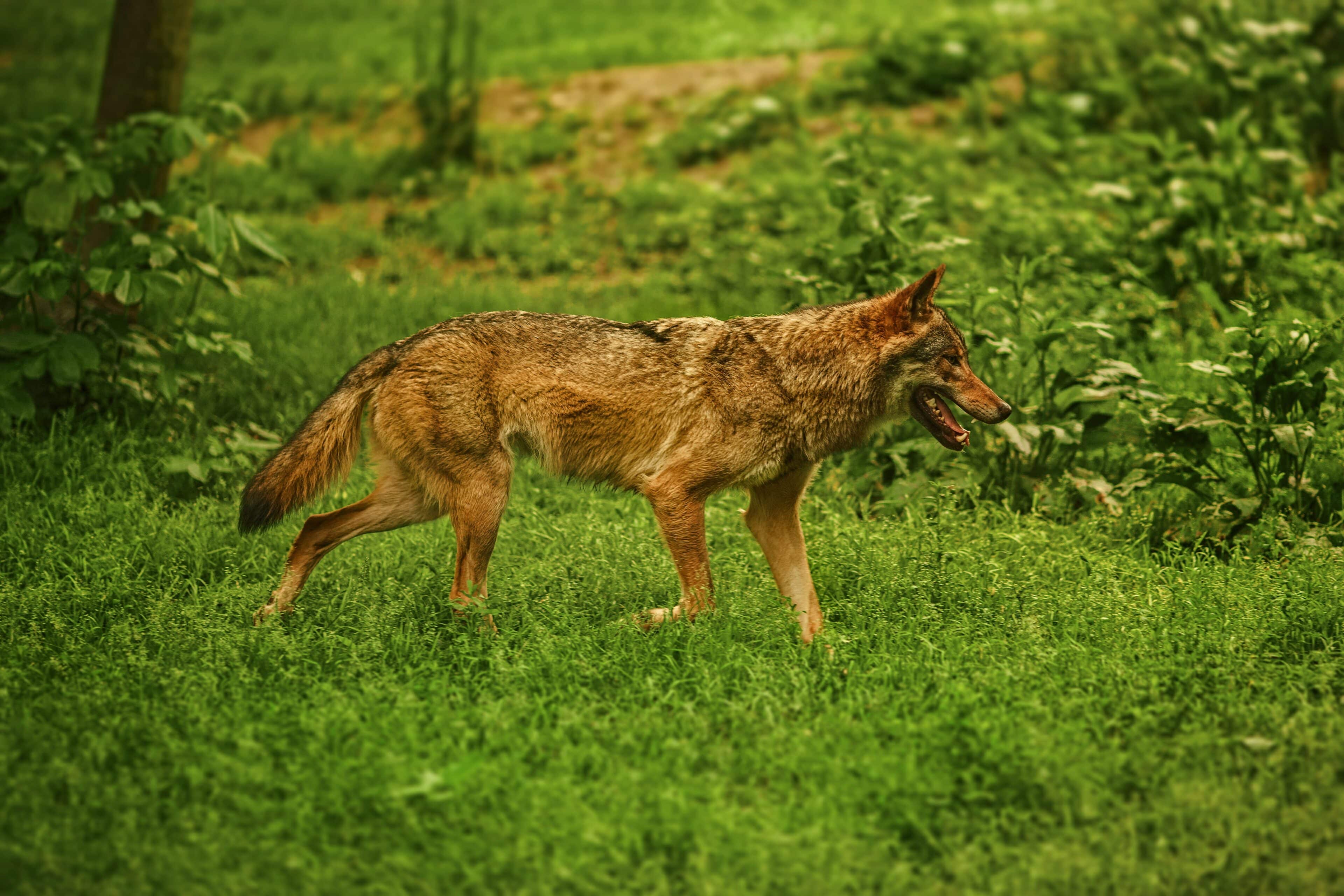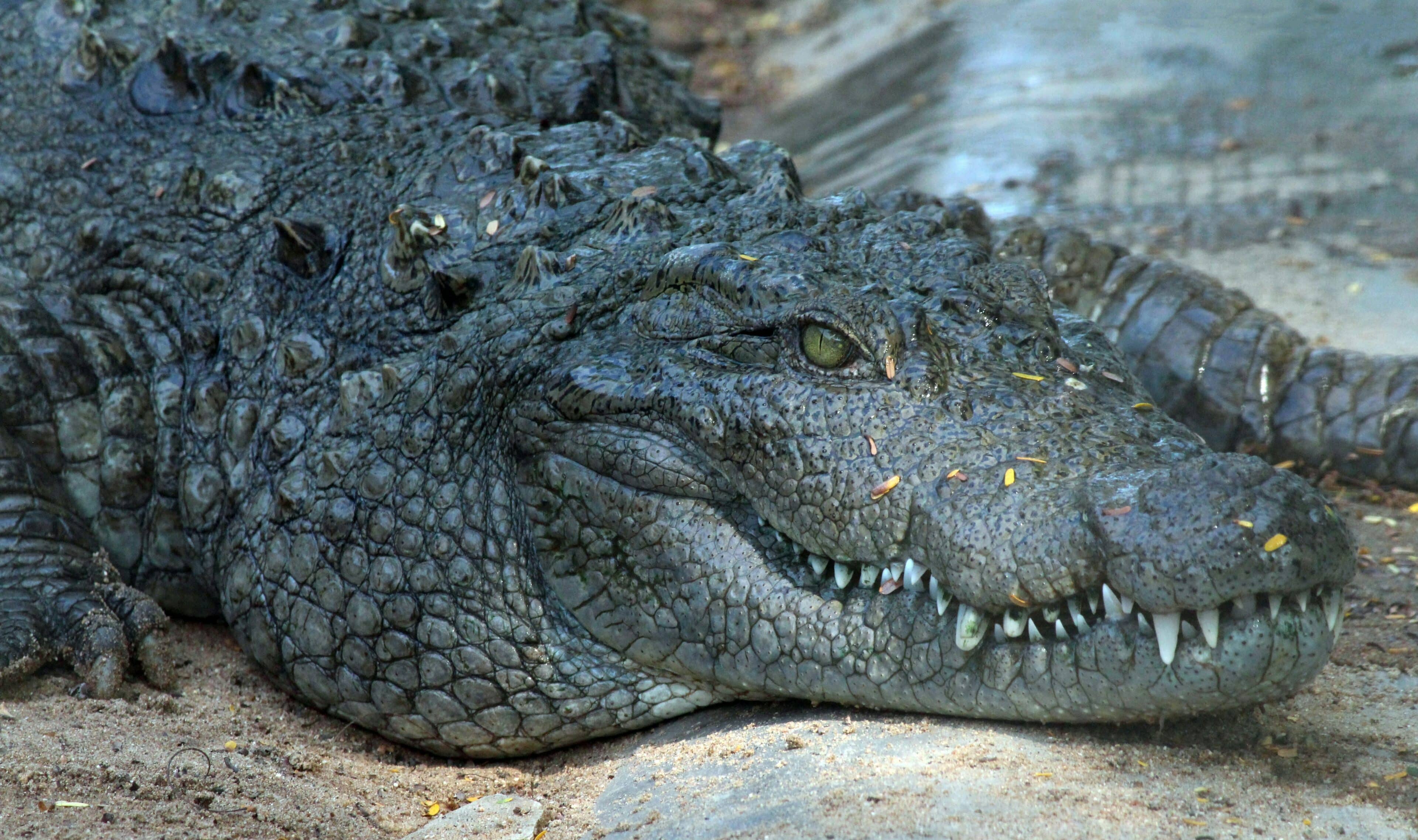Poás Volcano National Park is a testament to nature’s raw power and beauty. This captivating park in the Alajuela Province boasts one of the world’s largest active craters, making it a magnet for adventurers, nature enthusiasts, and geology aficionados alike.
As a UNESCO World Heritage Site and one of Costa Rica’s most cherished natural treasures, Poás Volcano National Park beckons visitors from around the globe to experience the awe-inspiring beauty and geological wonders that define this remarkable destination.
Whether seeking adventure, tranquility, or a deeper understanding of the Earth’s inner workings, a journey to Poás Volcano National Park promises an unforgettable experience immersed in the wonders of the natural world.
FREE! Travel eBook to discover Costa Rica!
Grab the eBook with the exhaustive brochure for your Costa Rica Vacation All-Inclusive.
*By clicking send, you agree to receive information about products, services, promotions, or recommendations via email.
General Information about the Poás Volcano National Park
Lo que vas a ver en este artículo
- 1 General Information about the Poás Volcano National Park
- 2 What Should you Bring to Visit Poás Volcano National Park?
- 3 Flora and Fauna in the Poás Volcano National Park
- 3.1 1. Mystical Canopy: Exploring Cloud Forest Vegetation
- 3.2 2. Winged Wonders: The Avian Diversity of the Cloud Forest
- 3.3 3. Ancient Giants: Towering Trees of the Cloud Forest
- 3.4 4. Wild Wanderers: Mammalian Marvels of the Cloud Forest
- 3.5 5. Slither and Scurry: Amphibians and Reptiles of the Cloud Forest
- 4 Main attractions in Poás Volcano National Park
- 5 Operating Hours and Prices
- 6 A Journey into the Heart of Costa Rica
Poás Volcano National Park is a captivating destination renowned for its geological wonders and breathtaking landscapes. Covering an area of approximately 65 square kilometers, the park encompasses the iconic Poás Volcano, one of the most active volcanoes in Costa Rica.
The park’s centerpiece, Poás Volcano, rises majestically to an altitude of over 8,800 feet (2,700 meters) above sea level, dominating the surrounding landscape with its imposing presence.
The volcano’s main crater, measuring approximately 1.5 kilometers in diameter, is a mesmerizing sight, filled with acidic waters tinted in shades of turquoise and green.
Visitors can witness firsthand the volcanic activity that continues to shape the crater’s ever-changing landscape, from billowing plumes of steam to occasional eruptions that remind them of nature’s power and unpredictability.
In addition to its volcanic features, Poás Volcano National Park boasts a rich diversity of flora and fauna thriving within its varied habitats. Dense cloud forests cloak the volcano’s slopes, providing habitat for many plant species, including endemic orchids, bromeliads, and ferns.
The park is also home to many animal species, from colorful birds like the resplendent quetzal and fiery-throated hummingbird to elusive mammals such as the agouti and coati.
Scenic viewpoints along the trails provide panoramic vistas of the surrounding landscapes, including lush valleys, verdant forests, and distant mountain ranges.
As a protected area and UNESCO World Heritage Site, Poás Volcano National Park plays a vital role in conservation efforts to preserve its unique ecosystems and geological features.
What Should you Bring to Visit Poás Volcano National Park?
When planning a visit to Poás Volcano National Park in your Costa Rica vacation all-inclusive, it’s essential to pack wisely to ensure a comfortable and enjoyable experience amidst the rugged beauty of this volcanic landscape.
Don’t forget to bring appropriate attire for the variable weather conditions encountered at Poás Volcano National Park. Even on a sunny day, temperatures can be cool at the higher elevations, so layering is key.
A lightweight jacket or sweater, sturdy walking shoes, or hiking boots will help you navigate the trails and appreciate the stunning vistas that Poás Volcano National Park has to offer.
In addition to clothing, it’s crucial to pack plenty of water and snacks to stay hydrated and energized during your exploration of Poás Volcano National Park. The park’s trails can be demanding, and having refreshments on hand will ensure that you can fully immerse yourself in the natural wonders of this unique ecosystem.
Consider bringing a refillable water bottle to minimize waste and help protect the fragile environment of Poás Volcano National Park.
Another essential item to bring to Poás Volcano National Park is a camera or smartphone to capture this volcanic region’s breathtaking scenery and geological features.
Be sure to bring extra batteries or a portable charger to document your adventures without worrying about running out of power.
Flora and Fauna in the Poás Volcano National Park
In Poás Volcano National Park, you can find a variety of flora and fauna. Here’s a list of some species commonly found in the park:
1. Mystical Canopy: Exploring Cloud Forest Vegetation
Cloud forest vegetation within Poás Volcano National Park is a testament to nature’s resilience and adaptability in extreme environments. This unique ecosystem boasts a rich tapestry of flora that thrives in the cool, humid conditions characteristic of cloud forests.
Mosses, ferns, and epiphytes cloak the landscape, creating a verdant carpet that blankets the forest floor and drapes the branches of towering trees. Within this lush canopy, life is abundant, each species playing a vital role in the intricate web of ecological relationships that sustain the forest’s delicate balance.
At Poás Volcano National Park, orchids emerge as ethereal gems amidst the verdant foliage, their vibrant hues and intricate blooms adding color to the misty landscape.
These resilient flowers, adapted to the challenging conditions of the cloud forest, serve as a symbol of endurance and beauty in the face of adversity. With over 25,000 documented species worldwide, orchids hold a special place in the hearts of botanists and nature enthusiasts alike. Their presence within Poás Volcano National Park is a testament to its botanical richness.
Bromeliads, another emblematic component of cloud forest vegetation, find sanctuary within the mist-laden environs of Poás Volcano National Park. Clinging to rocks and trees with tenacity, these unique plants thrive in the nutrient-rich microclimates created by the park’s diverse ecosystems.
2. Winged Wonders: The Avian Diversity of the Cloud Forest
Birds are an integral part of the rich tapestry of life within Poás Volcano National Park, their vibrant plumage and melodious calls adding to the park’s allure.
With over 79 documented species, the park serves as a haven for avian diversity, attracting birdwatchers from around the world eager to glimpse its feathered inhabitants. Poás Volcano National Park offers bird enthusiasts a chance to witness nature’s winged wonders in their natural habitat, from the elusive quetzal to the dazzling hummingbird.
Among the most iconic avian residents of Poás Volcano National Park is the resplendent quetzal, a symbol of beauty and freedom revered by indigenous cultures throughout Central America.
With its iridescent green plumage and long, trailing tail feathers, the quetzal cuts a striking figure against the backdrop of the park’s lush cloud forests. Visitors to the park may consider themselves fortunate to glimpse this elusive bird as it flits gracefully through the canopy, its haunting call echoing through the mist-shrouded trees.
Hummingbirds are another highlight of birdwatching in Poás Volcano National Park. These miniature marvels of nature are drawn to the park’s abundant nectar sources, including the vibrant blooms of orchids and other flowering plants.
Their wings beating at incredible speeds, hummingbirds bring a splash of color and energy to the park’s tranquil surroundings, captivating observers with their aerial acrobatics.
If you want more information about Costa Rica, we invite you to read the next article: Arenal Volcano National Park: Eco-Tourism at Its Finest.
3. Ancient Giants: Towering Trees of the Cloud Forest
Trees stand as towering sentinels within the lush landscapes of Poás Volcano National Park, their majestic forms reaching toward the sky in a testament to nature’s enduring strength.
From the dense montane forests that cloak the volcano’s slopes to the mist-shrouded cloud forests that envelop its summit, Poás Volcano National Park is home to a diverse array of tree species. Each adapted to thrive in its unique microclimate.
Among the most prominent tree species in Poás Volcano National Park are the oak, cypress, and laurel trees. These stalwart giants dominate the park’s montane forests, their sturdy trunks and spreading canopies providing shelter and sustenance for many plant and animal species.
They are enveloped by the soothing shade of these ancient trees, their presence lending a sense of tranquility to the surrounding landscape.
In the higher elevations of Poás Volcano National Park, where the cool, misty conditions of the cloud forest prevail, a different cast of characters takes center stage. Trees such as the majestic magnolia and the towering guayaba thrive in the cloud forest environment’s nutrient-rich soils and moist air.
Their twisted branches and gnarled roots create a fairy-tale landscape where mosses, ferns, and epiphytes cling to every available surface, creating a verdant tapestry that seems straight out of a storybook.
Despite the harsh conditions of the volcanic terrain and the ever-changing weather patterns that characterize the region, these resilient trees are symbols of resilience and perseverance.
4. Wild Wanderers: Mammalian Marvels of the Cloud Forest
Mammals play a vital role in the ecosystem of Poás Volcano National Park, contributing to its biodiversity and serving as indicators of the health of its habitats. Within the park’s diverse landscapes, ranging from montane forests to cloud forests, various mammal species have adapted to thrive in the challenging terrain and climatic conditions.
The agile coyote is one of the most commonly sighted mammals in Poás Volcano National Park. These adaptable predators roam the park’s forests and grasslands for prey. Their keen senses and graceful movements make them well-suited to the rugged terrain.
Armadillos are another fascinating mammal species found within Poás Volcano National Park. With their armored shells and powerful claws, these nocturnal creatures are well-equipped to forage for insects and other small prey in the leaf litter and soil of the park’s forests.
Despite their somewhat elusive nature, armadillos play an important role in maintaining the balance of the park’s ecosystem, serving as both predator and prey to various other species.
Poás Volcano National Park is also home to various bat species. These nocturnal flyers play a crucial role in pollination and seed dispersal, helping to maintain the health and diversity of the park’s plant communities.
As they flit through the night sky, their sonar-guided flights weaving intricate patterns through the darkness, bats are a testament to the remarkable adaptability of mammals in the face of challenging environmental conditions.
5. Slither and Scurry: Amphibians and Reptiles of the Cloud Forest
Amphibians and reptiles are integral components of the diverse ecosystems found within Poás Volcano National Park, contributing to its rich biodiversity and ecological balance. From the moist, moss-covered forests to the sun-drenched slopes of the volcano, these fascinating creatures inhabit various habitats, each adapted to their unique needs and behaviors.
Within the cloud forests of Poás Volcano National Park, amphibians such as frogs and toads thrive in the cool, humid conditions. These moisture-loving creatures are often found near streams, ponds, and other water sources, where they breed and lay their eggs.
Among the most iconic amphibian species in the park are the vibrant red-eyed tree frog and the elusive glass frog, their translucent skin and distinctive calls adding to the park’s enchanting ambiance.
Reptiles, too, find sanctuary within the diverse landscapes of Poás Volcano National Park. From the rocky outcrops of the volcano’s slopes to the dense undergrowth of the forest floor, lizards and snakes are well-adapted to their surroundings.
Species such as the green basilisk, known for its ability to run on water, and the colorful eyelash viper, with its striking patterned scales, are among the reptilian inhabitants of the park.
Despite their often inconspicuous presence, amphibians and reptiles play important roles in the park’s ecosystem. As predators, they help control insect populations while serving as prey for larger animals such as birds and mammals.
Many amphibians and reptiles are sensitive to environmental changes, making them valuable indicators of ecological health within Poás Volcano National Park.
Main attractions in Poás Volcano National Park
Poás Volcano National Park is renowned for its breathtaking natural beauty and unique geological features, making it a must-visit destination for nature enthusiasts and adventurers. One of the main attractions within the park is, of course, the majestic Poás Volcano itself.
Standing at an impressive altitude of over 2,700 meters, this active stratovolcano captivates visitors with its steaming crater and otherworldly landscapes. The main crater, which spans approximately 1.5 kilometers in diameter, is one of the largest in the world and provides a stunning backdrop for hiking, photography, and geological exploration within the park.
Aside from the awe-inspiring volcano, Poás Volcano National Park offers visitors the chance to explore other attractions, including lush cloud forests, pristine crater lakes, and scenic hiking trails.
The park’s cloud forests, characterized by their misty, moss-covered landscapes, are home to a diverse array of flora and fauna, including orchids, bromeliads, and elusive bird species such as the resplendent quetzal.
Hiking trails wind through these enchanting forests, allowing visitors to immerse themselves in the park’s natural beauty while enjoying panoramic views of the surrounding countryside.
Another highlight of Poás Volcano National Park is the stunning Botos Lagoon, a picturesque crater lake within the park’s volcanic landscape. Surrounded by lush vegetation and teeming with aquatic life, this tranquil lagoon is a popular spot for birdwatching, picnicking, and photography.
Visitors can admire the crystal-clear waters of the lagoon from designated viewpoints along the park’s trails or venture closer to its shores for a more immersive experience.
For those seeking adventure, Poás Volcano National Park offers the opportunity to explore its rugged terrain and volcanic landscapes through various outdoor activities, including hiking, birdwatching, and horseback riding.
Guided tours are available for visitors looking to learn more about the park’s geology, ecology, and cultural history, providing insights into the unique natural heritage of Poás Volcano National Park.
If you want to know more information, visit the official website of the National System of Conservation Areas.
Operating Hours and Prices
The park, including holidays, is open daily from 8:00 am to 4:00 pm. Access is only granted through the booking system, ensuring a controlled and organized visitor experience.
For national and resident visitors aged 13 and above, the entrance fee is ¢1000. Children between 2 and 12 years old pay a reduced fee of ¢500. Non-resident visitors over 13 are charged $15, while non-resident children (2 to 12 years old) pay $5.
Domestic visitors and residents from primary and secondary education institutions enjoy a discounted rate of ¢500 for educational tours organized by schools. These tours must be coordinated in advance with the Administration of the protected wilderness area.
Students of higher education institutions must pay either the domestic or non-resident visitor fee, depending on their residency status and age (over 13 years old).
Children under 2 years old and national residents and visitors older than 65 years are exempt from paying entrance fees.
Parking fees are charged separately, with rates varying depending on the type of vehicle. Motorcycles pay ¢1000, light vehicles (automobiles) pay ¢2000, and microbuses and buses pay ¢4000. Credit card payments are accepted for added convenience.
A Journey into the Heart of Costa Rica
Poás Volcano National Park is a testament to nature’s awe-inspiring power and the importance of conservation efforts in preserving our planet’s precious biodiversity. From the towering volcano to the lush cloud forests and tranquil crater lakes, the park offers visitors a world of unparalleled beauty and ecological diversity.
Through responsible tourism practices and sustainable management strategies, we can ensure that Poás Volcano National Park remains a beacon of natural wonder for generations to come.
By respecting the park’s rules and regulations, supporting conservation initiatives, and embracing the spirit of exploration and discovery, we can all play a part in safeguarding this invaluable natural treasure for future visitors.
Whether you’re drawn to the park’s geological wonders, rich biodiversity, or simply the chance to reconnect with nature in a serene setting, a visit to Poás Volcano National Park will leave a lasting impression.
So come, immerse yourself in this remarkable landscape’s sights, sounds, and sensations, and discover the magic of Poás Volcano National Park.
If you want more information about Costa Rica, we invite you to read the next article: Costa Rica Adventure Travel: Unleash Your Adventurous Spirit.

